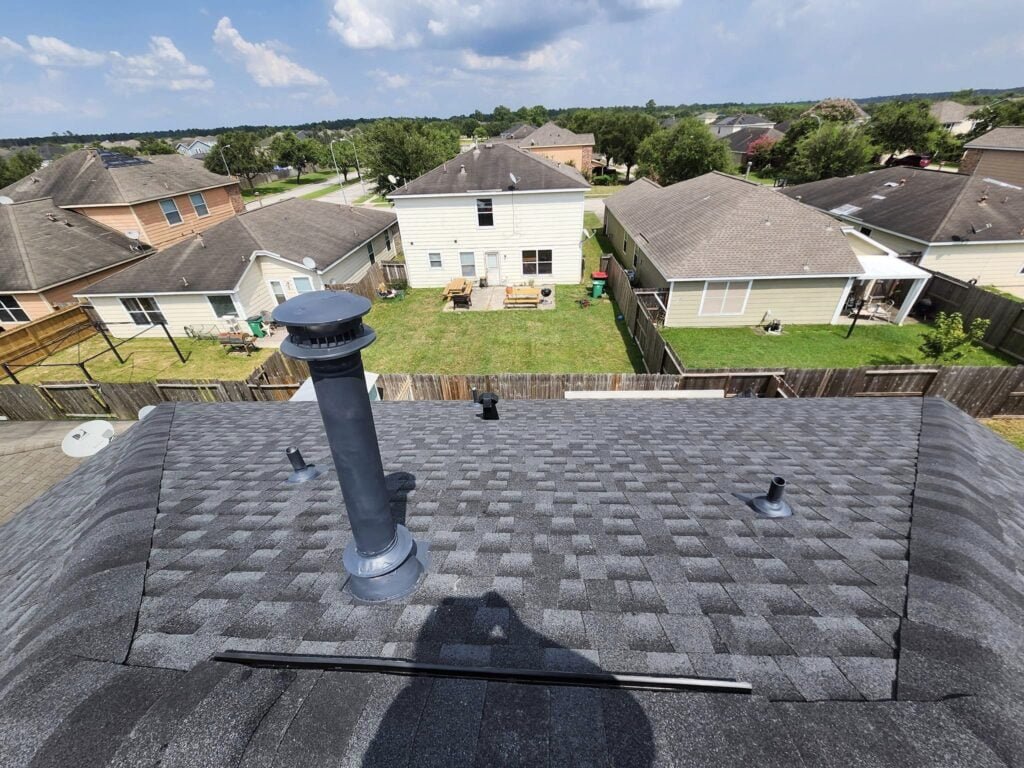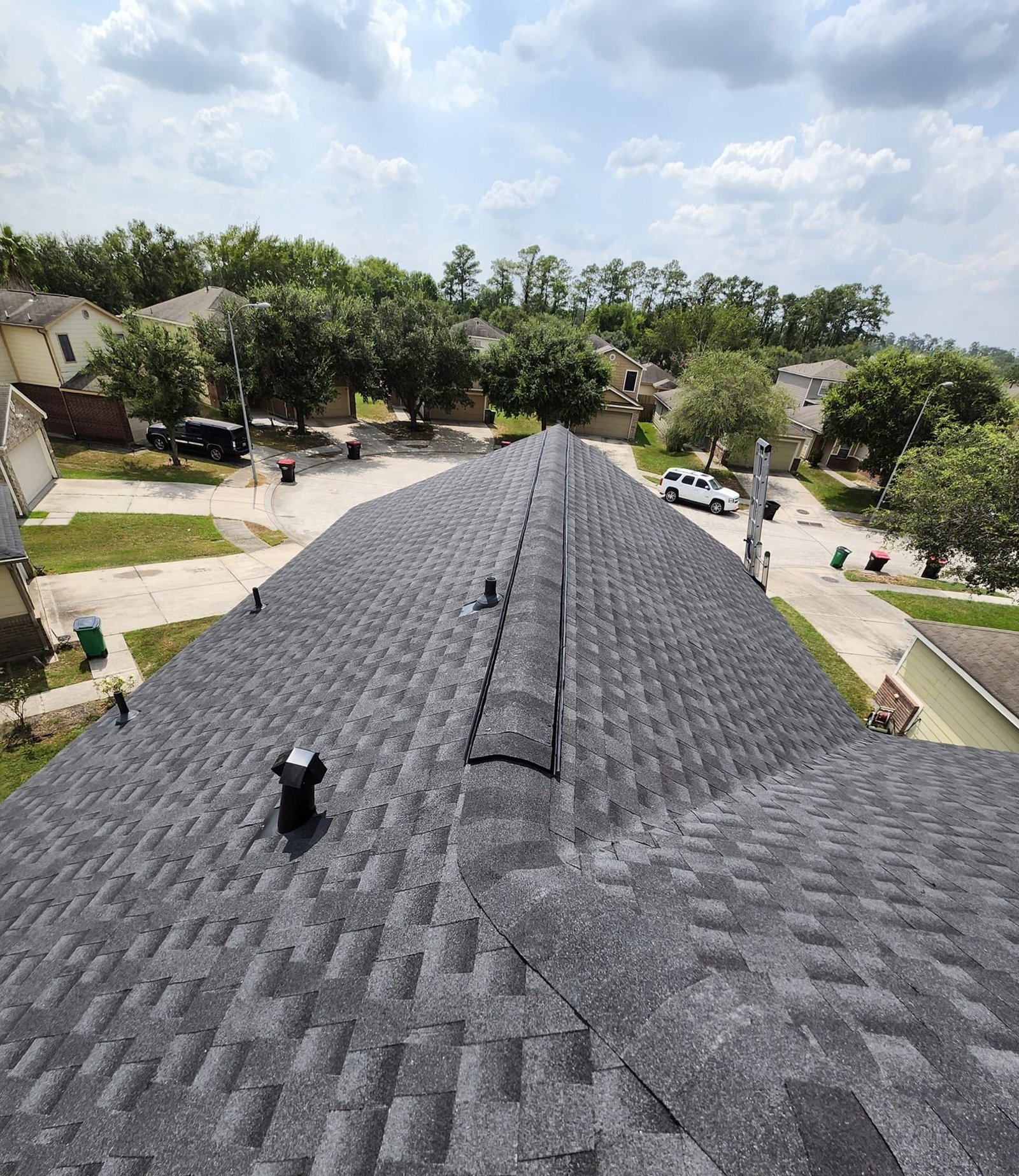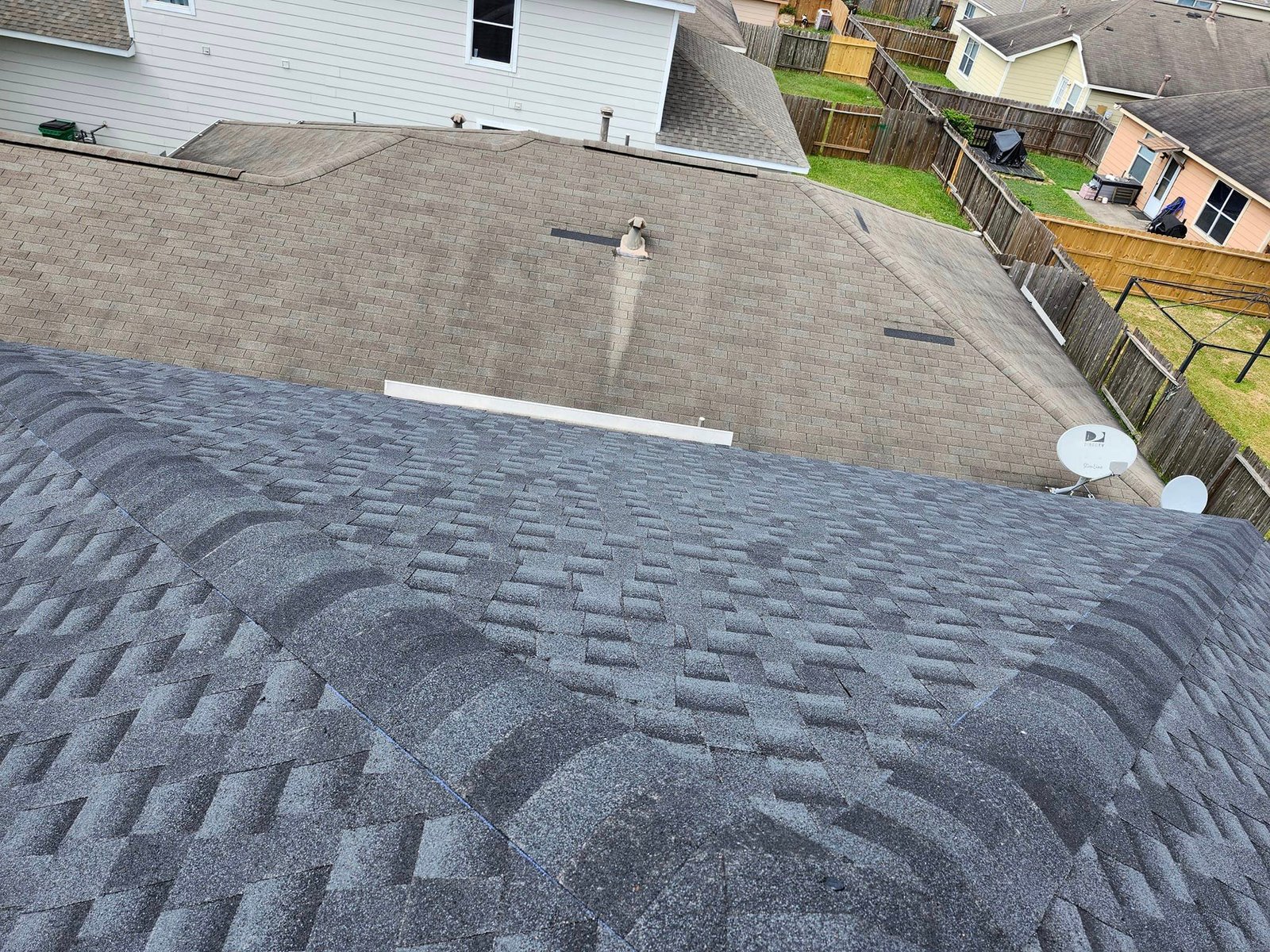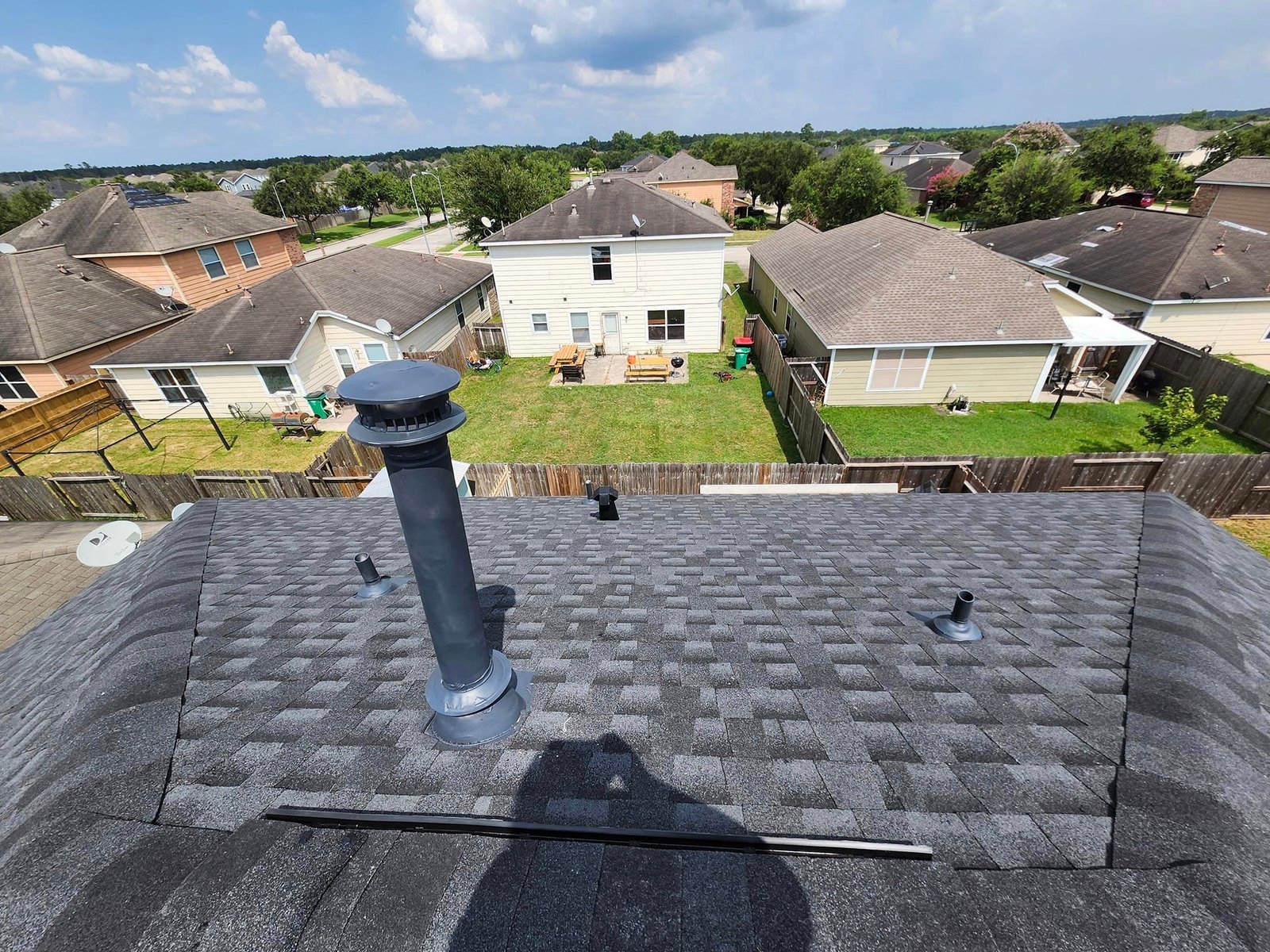When you invest in a roof labeled as a 30-year roof, you might assume you’re set for the next three decades. It sounds straightforward, right? But the reality isn’t so cut and dry. How long a roof actually lasts depends on a mix of factors, from the materials used to how well it’s maintained, and even the weather in your area. Let’s break this down so you can get a clear picture of what to expect from your roof and how to make it last as long as possible.
Factors That Affect the Lifespan of a Roof
Several elements play a role in how long your roof will hold up.
1. Roofing Materials
Different roofing materials have varying durability and resistance to external elements.
Asphalt Shingles: These are among the most popular options in residential roofing. Under ideal conditions, asphalt shingles can last up to 25 years, but in harsher climates, they might need replacing after 15-20 years.
Metal Roofing: Known for its durability, metal roofing can often exceed 40 years with proper care. It resists wind, rain, and heat well, making it a long-lasting option.
Wood Shakes and Shingles: While beautiful, wood roofing is susceptible to moisture and insect damage, which can limit its lifespan to around 15-25 years without consistent upkeep.
Clay Tiles: These durable and weather-resistant options often last 50 years or more, though they can be prone to cracking under heavy impacts.
Slate Roofing: One of the most durable materials available, slate can last up to a century if maintained well.
2. Weather and Climate
Your local environment plays a significant role in determining how long your roof lasts.
Sun and Heat: Constant exposure to UV rays can cause materials to degrade faster, especially asphalt shingles.
Rain and Humidity: Excess moisture can weaken your roof over time, leading to mold, rot, and leaks.
Cold and Snow: Ice dams, heavy snow, and freeze-thaw cycles can wear out materials, particularly in regions with harsh winters.
Wind and Storms: High winds can loosen shingles or tiles, while hailstorms can cause dents, cracks, or granule loss.
3. Installation Quality
Even the most durable materials won’t last if they’re installed poorly. Issues like gaps, improper sealing, or uneven placement can lead to leaks, weak spots, and a reduced lifespan.

4. Maintenance Practices
Roofs that receive regular care tend to last longer. Neglecting inspections or minor repairs can allow small problems to escalate into costly damage.
How to Extend the Life of Your Roof
While you can’t control the weather, you can take steps to maximize your roof’s durability:
1. Choose the Right Materials for Your Climate
Select a roofing material that matches your region’s weather conditions. For example, reflective materials work well in hot climates, while durable options like metal or slate are better suited for areas with snow or storms.
2. Schedule Regular Inspections
Have a professional inspect your roof at least once a year and after major weather events. Early detection of issues like missing shingles or minor leaks can prevent more extensive damage.
3. Keep Gutters Clear
Clogged gutters can cause water to pool on your roof, leading to leaks and structural damage. Cleaning your gutters regularly can help prevent these problems.
4. Trim Overhanging Branches
Tree limbs that hang over your roof can scrape against it during windy weather or drop debris that clogs gutters. Regular trimming can protect your roof from unnecessary wear.
5. Address Repairs Promptly
Don’t wait to fix small problems. Replacing a missing shingle or sealing a minor leak right away can save you from needing a full roof replacement sooner than expected.
Typical Lifespans of Common Roofing Materials
Here’s a look at how long various roofing materials typically last under normal conditions:
| Roofing Material | Typical Lifespan (Years) |
| Asphalt Shingles | 20-30 |
| Metal Roofing | 40-70 |
| Clay Tiles | 50-100+ |
| Slate Tiles | 75-100+ |
| Wood Shingles/ Shakes | 20-30 |
| Concrete Tiles | 50+ |
Warning Signs Your Roof Might Be Nearing Its End
Even with proper care, no roof lasts forever. Here are signs that it might be time for a replacement:
- Curling or Cracked Shingles: Visible damage to shingles often signals your roof is nearing the end of its life.
- Granule Loss: Finding granules from asphalt shingles in your gutters is a sign that the protective layer is wearing away.
- Frequent Leaks: Persistent leaks could mean underlying structural damage.
- Sagging Areas: A sagging roofline is a red flag for serious structural issues.
- Moss or Algae Growth: While not always a structural problem, excessive growth can trap moisture and speed up wear.
How Weather Can Shorten a Roof’s Lifespan
Extreme weather events can cause significant damage to roofs, sometimes reducing their expected lifespan by years.
- Storm Damage: Strong winds can tear off shingles, while hailstones can crack tiles or dent metal roofs.
- Heat Damage: Prolonged exposure to high temperatures can cause materials to warp or dry out, making them brittle.
- Snow and Ice: Ice dams and heavy snow loads can lead to leaks, cracking, or even structural failure if the roof isn’t built to handle the weight.
When to Replace Your Roof
Knowing when to replace your roof is critical to avoiding costly water damage or other structural problems. Most experts recommend starting to plan for a replacement when your roof is around 80-90% of its expected lifespan, especially if it’s showing signs of wear.
If your roof is more than 20 years old and has visible damage, frequent leaks, or other problems, it’s time to consult a professional. Replacing it sooner rather than later can save you money in the long run.
The Cost of Replacing a Roof
Replacing a roof is a significant investment, but the price can vary widely based on the materials you choose, the size of your home, and local labor rates. Here’s a rough breakdown:
- Asphalt Shingles: $5,000–$12,000
- Metal Roofing: $10,000–$30,000
- Wood Shakes/Shingles: $10,000–$20,000
- Clay or Concrete Tiles: $15,000–$50,000
- Slate Roofing: $20,000–$70,000
Final Thoughts
The lifespan of a roof is influenced by many factors, from material choice and climate to installation quality and maintenance practices. While it’s impossible to guarantee your roof will last as long as the manufacturer suggests, you can take steps to get as many years out of it as possible.
Regular inspections, prompt repairs, and choosing materials suited to your local conditions are the best ways to ensure your roof protects your home for years to come. When the time comes to replace your roof, investing in high-quality materials and professional installation can make all the difference.
Would you like more detailed maintenance tips or advice on choosing the right roofing material? Let me know!



